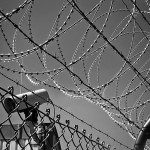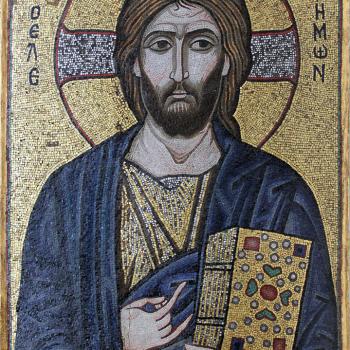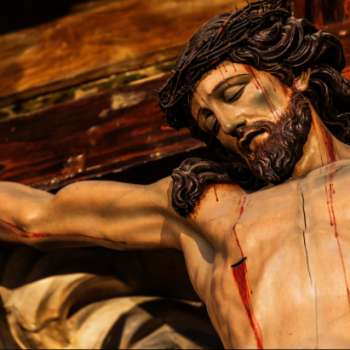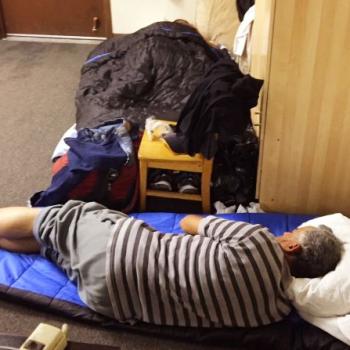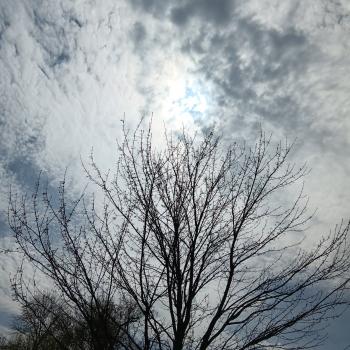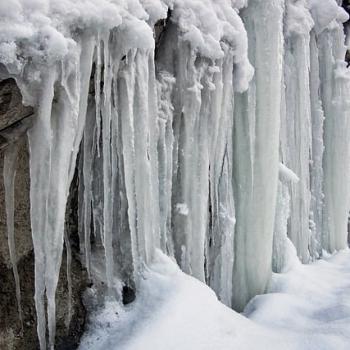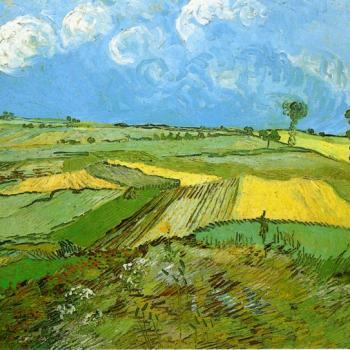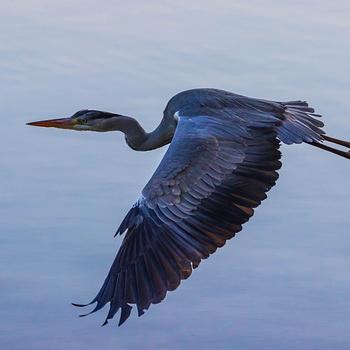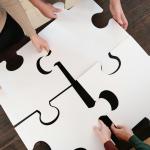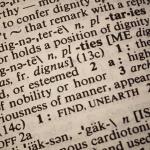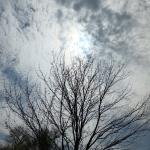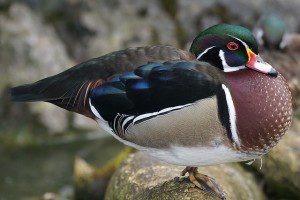
There are too many ugly things in the world right now. We shouldn’t ignore them, but we mustn’t ignore the beautiful either. Let’s take a moment to think about something truly beautiful and innocent.
Let’s think about ducks.
My friend Emma posted the loveliest status today. She gave me permission to post it:
You simply cannot beat a bird-book for comfort in troubled times. Look up ‘Mallard’ in the incomparable ‘Field Guide to Birds’ by Dr Walter Cerny, translated by Margot Schierlova (may her name be honoured forever) and you are instantly plunged into a realm of quiet, scientific exactitude and of natural wonders – and also, perhaps surprisingly, of casual poetry. Thus, we read that the mallard is the largest ‘dabbling-duck’ (who knew that some ducks don’t dabble?). He is unmistakable in his ‘nuptial plumage’. Just say ‘nuptial plumage’ out loud: isn’t that beautiful?
The mallard makes a ‘high-pitched weep’ when courting. The wigeon, on the other hand, makes a ‘purring growl’. ‘Widgeon’ is surely one of the best of bird-names – and a word certainly beloved of P. G. Wodehouse, who was no fool about language. Reading on, we discover that a ‘diving-duck’ called the pochard engages in ‘lively courtship’ whilst uttering a ‘soft wibwibwib’ – a technique which I feel hasn’t had sufficient attention in the human sphere.
We could all drift off to sleep tonight murmuring ‘nuptial plumage’ or ‘dabbling-duck’ to ourselves, and perhaps uttering a faint ‘wibwibwib’. The world would surely be the better for it.
That brought me back, just like a time machine.
My granny and my grandpa the gardener lived in a small city in Maryland, with a little park downtown. The park had a playground, where I liked to play. It had an outdoor amphitheater, where I liked to run around the stage and pretend to dance ballet. It had a smooth abstract marble sculpture which I called “the big potato,” but which was supposed to represent a roosting duck. And, in the middle, there was a pond filled with waterfowl.
Grandpa was an avid birdwatcher. He knew every kind of waterfowl by sight. I was an avid bird-feeder; I enjoyed throwing things into the pond. He used to take me to the duck pond with his binoculars and a bag of stale bread. Later, when the park banned stale bread, he would buy a bag of cracked corn for the waterfowl at the concession stand, and a candy bar for me.
Water birds are astute creatures. They soon learn that a person carrying a paper bag near the pond is really a supplicant with a libation. The white swans respond to this by looking disinterested and sometimes ignoring you altogether. The geese and black swans mosey over slowly, feigning nonchalance, and then snatch food painfully out of your hand. But ducks do not care for their appearance. Ducks have no shame. Ducks dart across the water, placid on top but paddling furiously underneath; then they hop right up onto the sidewalk in an unnerving way, smoothly, as if the sidewalk were just another kind of liquid. Then they gang up on you. There’s no earthly explanation for how a gait that clumsy can propel a creature so fast, but ducks are fast. I used to have between ten and twenty ducks surround me on land, in the time it took me to walk from the concession stand with my paper bag.
And then they feast. Nothing enjoys its food with more gusto than a duck. They really do dabble, pecking the cracked corn off of the ground or the pond’s surface with little beak-snapping head-bobs. If they’re in the pond, you can hear the noise their beaks make in the water– dabdabdabdabdab— and you’ll know why we say that ducks dabble. Ducks also quack. They really do. Birds don’t actually say “tweet” and dogs don’t actually say “woof woof,” but ducks say “quack quack.” They say it on the pond and while they’re crowding around a small bit of corn; not scolding like parakeets or snatching like guinea pigs, but conversationally, like gruff men at a buffet.
Ducks will eat out of your hand, and it doesn’t hurt as long as you hold the hand flat. Dabdabdabdabdab against the palm of your hand. They’ll eat out of mud puddles. They’ll eat off the tops of your shoes. Then, when they see you have nothing left to offer, they’ll scoot right back to the water and wait for the next bag of corn. Ducks are always famished.
And they are beautiful. The mallard’s nuptial plumage is a shade darker than emeralds but just as shiny. Blue-winged teals have blue beaks and heads, the color of an uncut sapphire. The American coot has eyes of ruby red. The Goldeneye is painted all over like a Kabuki mask. The merganser is never without his black and white crown. The wood duck bears the dullest name of all, but the most riotously colorful plumage. When I was a little girl, I couldn’t believe that wood ducks really looked that way naturally. I was sure that someone must have painted them.
Swans get all the glory, in myths and poetry. Women want swan necks and kings eat roast swans at feasts. Ugly ducklings only overcome the curse of their youth by becoming swans. Beautiful princesses are transformed into swans by sorcerers. Zeus himself became a swan to seduce a mortal. Swans are usually regarded as the loveliest of waterfowl.
To me, though, ducks are much more beautiful. And they’re humble, which ought to count for something.
(image via Pixabay)



